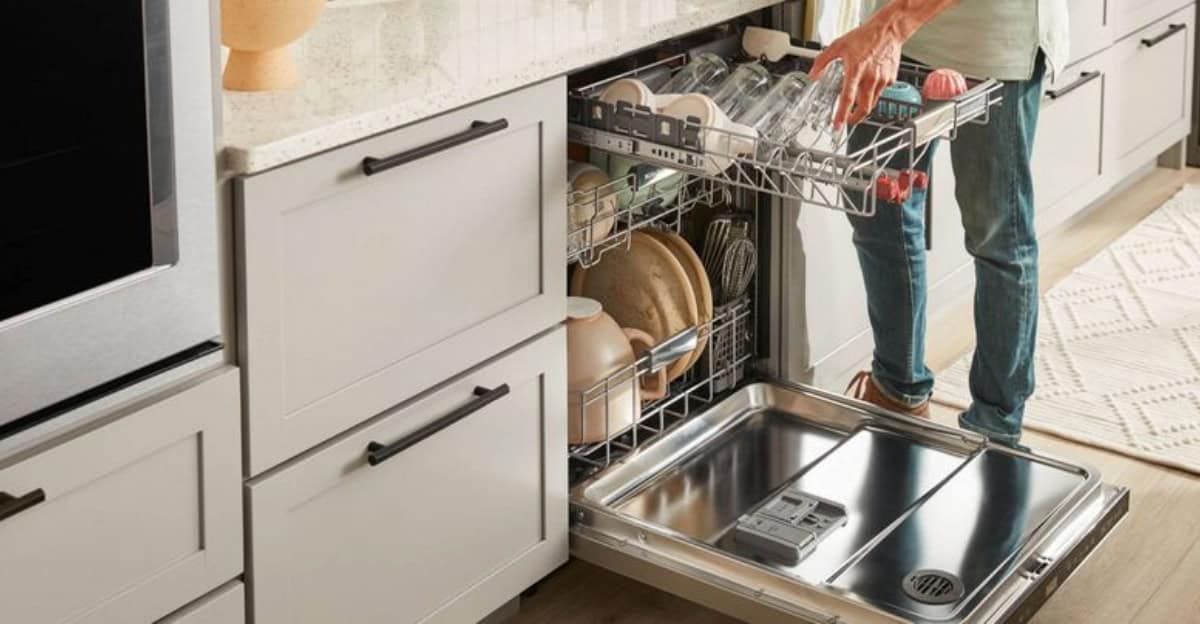As we step into 2025, the world of kitchen appliances is undergoing a significant transformation.
With changing lifestyles, technological advancements, and a growing awareness of sustainability, many trends that were once popular are being left behind.
This blog post explores the 10 kitchen appliance trends that are falling out of favor, making way for more innovative and efficient solutions.
1. Traditional Microwaves
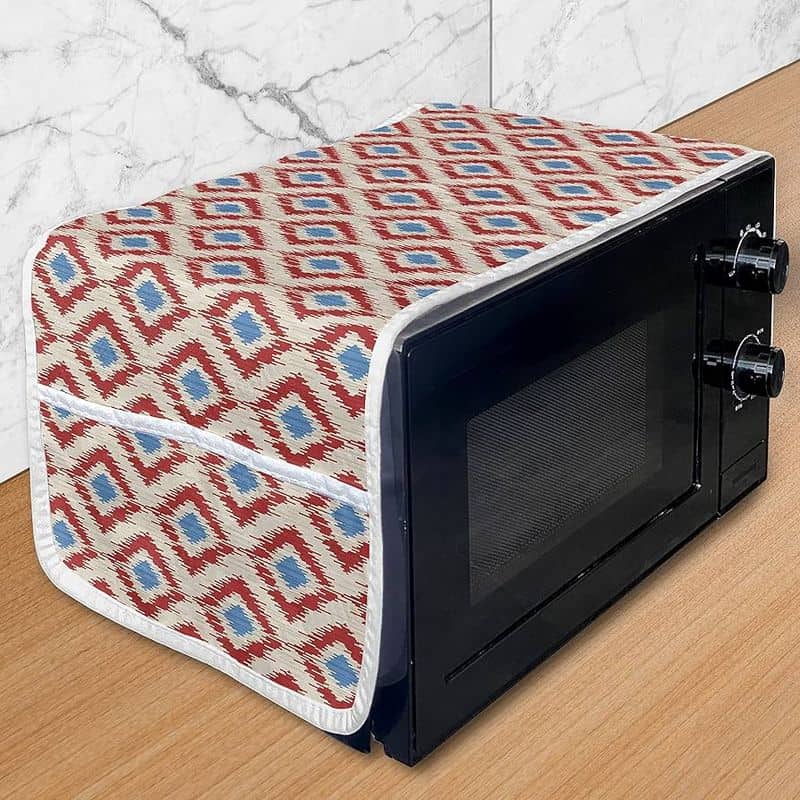
The traditional microwave, once a staple in almost every kitchen, is seeing a decline.
With the rise of healthier cooking methods like air frying and convection ovens, many are opting for alternatives that preserve nutrients better.
Health-conscious individuals are seeking ways to retain the natural flavors and benefits of their food.
Moreover, the bulky design of old microwaves doesn’t fit well with the minimalist aesthetic many kitchens are adopting today.
Slimmer, multifunctional appliances are gradually replacing these space-consuming devices, offering both style and functionality in one package.
2. Gas Stoves
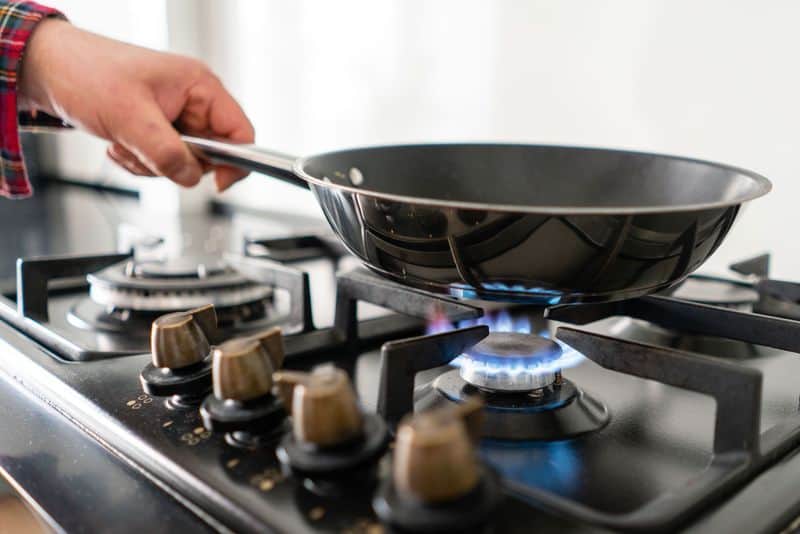
Gas stoves, long cherished for their quick heat response, are being eclipsed by induction cooktops. Induction stoves are not only faster but also safer, as they eliminate the risk of gas leaks.
The trend towards eco-friendly living supports this shift as induction cooktops are more energy-efficient.
They also provide a sleek look that aligns with modern kitchen designs, appealing to design-savvy homeowners.
As more individuals prioritize safety and sustainability, gas stoves are losing their appeal, making room for innovative cooking technologies.
3. Stand-alone Freezers
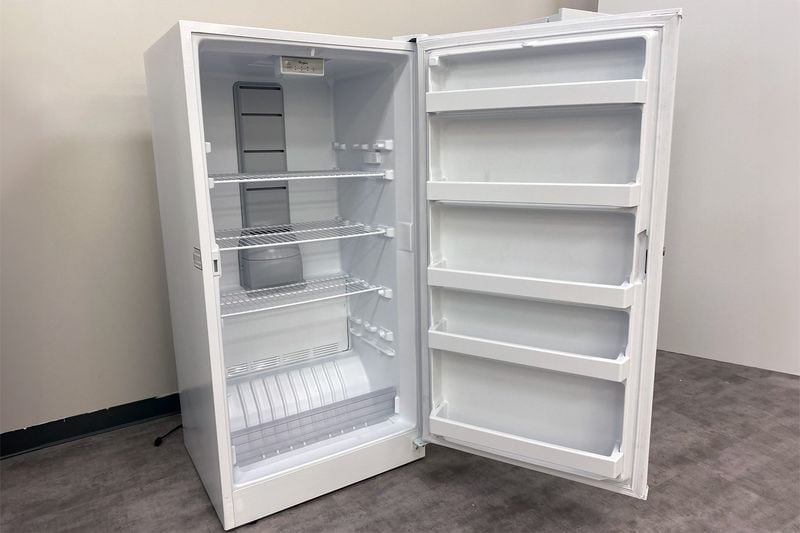
Stand-alone freezers are becoming relics of the past as integrated freezer solutions rise in popularity.
Modern homes favor sleek, built-in alternatives that blend seamlessly with cabinetry, offering a cleaner look.
The demand for space-efficient designs has encouraged manufacturers to create more versatile refrigeration options that maximize storage within modest footprints.
As people focus on decluttering and saving space, the need for bulky standalone units diminishes, reflecting a shift towards more organized living spaces.
4. Manual Coffee Makers
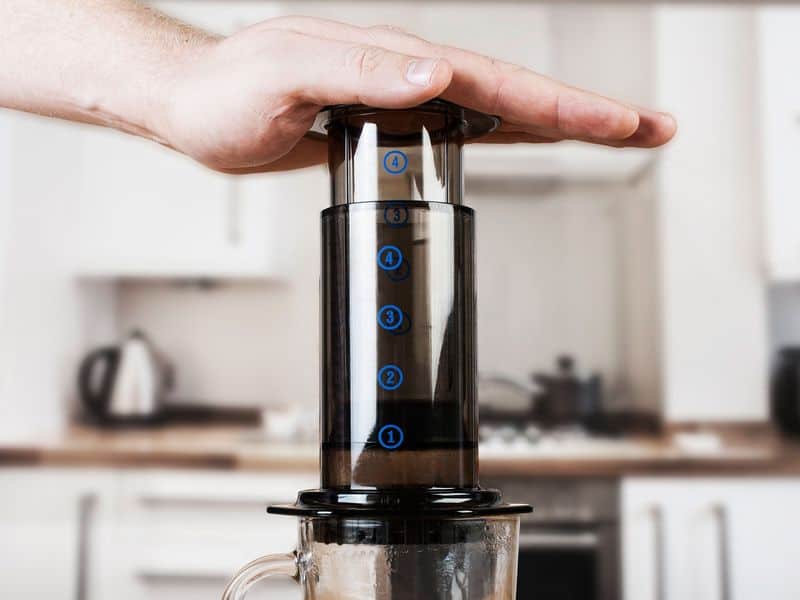
While manual coffee makers offer a hands-on brewing experience, they are being overshadowed by smart coffee machines.
These new devices integrate technology for a perfect brew every time, catering to those who value convenience.
With programmable settings and Wi-Fi connectivity, smart coffee makers align with the fast-paced lifestyle of modern coffee enthusiasts.
As technology continues to integrate into daily rituals, manual methods, while cherished by some, are slowly giving way to smarter alternatives that save time without compromising on quality.
5. Non-Energy Efficient Dishwashers
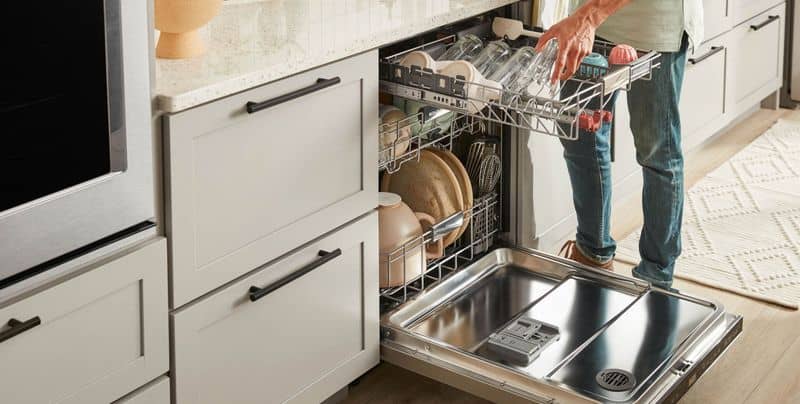
The trend is shifting away from old dishwashers that guzzle energy and water. Newer models emphasize efficiency, using less water while delivering superior cleaning performance.
With rising utility costs and environmental concerns, energy-efficient dishwashers are a smart choice.
They not only reduce the carbon footprint but also align with the eco-friendly values of many households today.
As awareness about sustainability grows, the demand for models that save resources is outpacing interest in older, inefficient machines.
6. Single-use Blenders
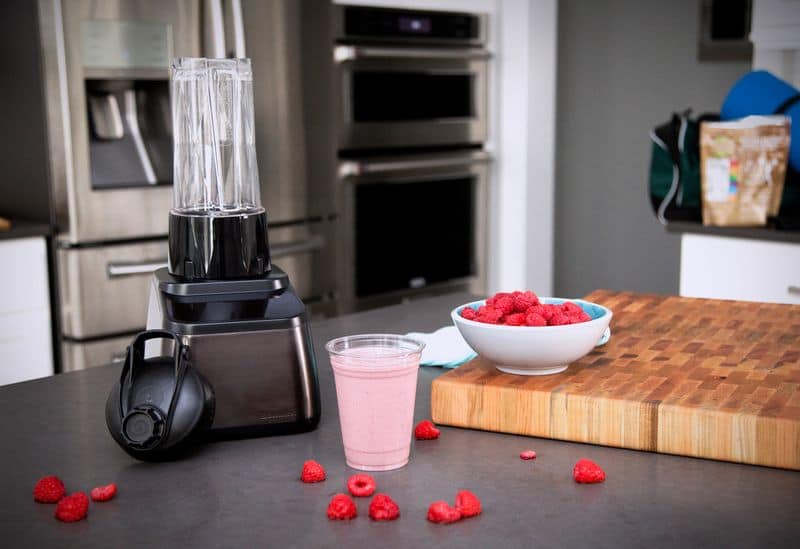
Single-use blenders are being phased out as multifunctional blenders gain popularity.
These versatile appliances can blend, chop, and puree, offering more than just smoothie-making capabilities. In a world where kitchen space is valuable, multi-use gadgets are a practical solution.
Consumers are increasingly drawn to products that simplify cooking without cluttering countertops.
As culinary exploration becomes more widespread, the utility of versatile appliances is making single-use blenders less appealing to the modern chef.
7. Large Toaster Ovens
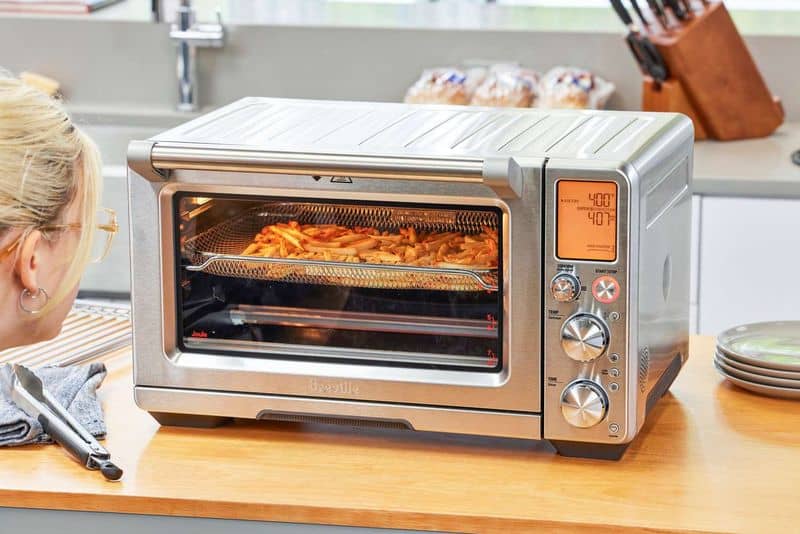
Large toaster ovens are losing their place in contemporary kitchens. Compact convection ovens and air fryers are stepping in, offering more cooking options in smaller packages.
These appliances provide faster cooking times and healthier meal preparation methods.
The shift towards healthier eating habits and efficient kitchen layouts supports the transition to more compact, multifunctional devices.
Large toaster ovens are no longer the preferred choice for many households.
8. Old-school Juicers
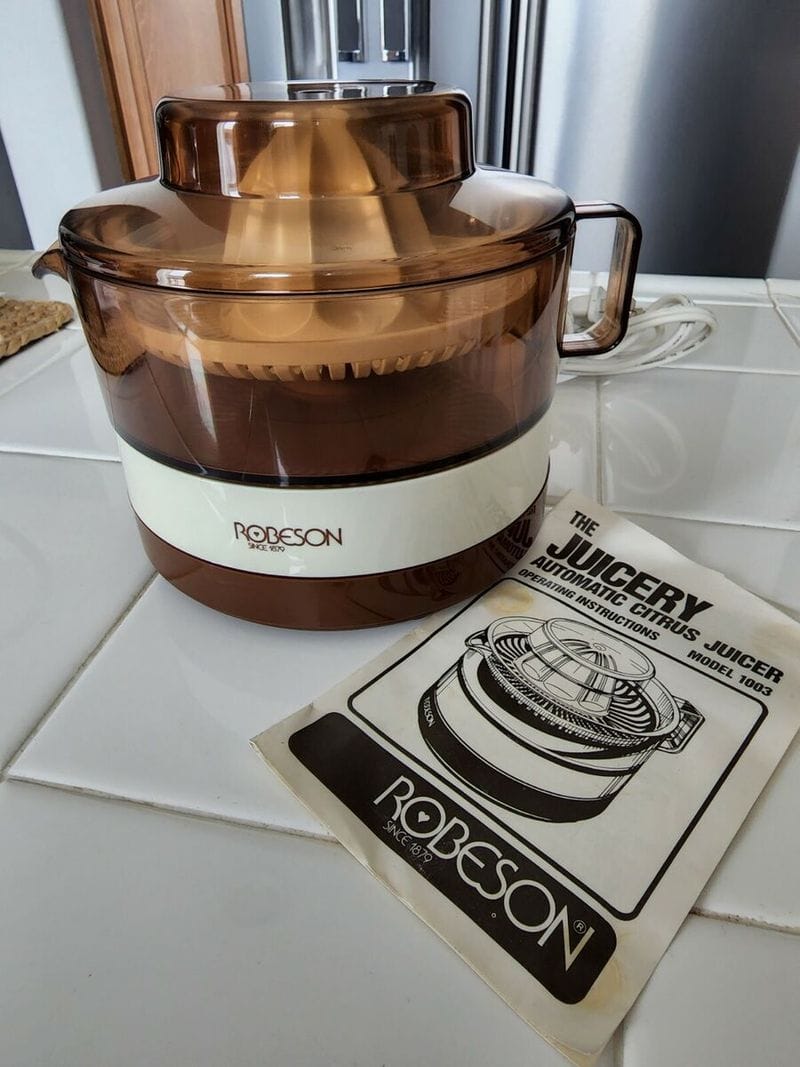
Old-school juicers, known for their cumbersome cleaning process, are being swapped out for modern, easy-to-clean versions.
New juicers offer enhanced functionality and are designed with user-friendliness in mind, making them a favored choice.
With health trends emphasizing fresh juices, people are looking for appliances that encourage daily use without the hassle.
The inconvenience of cleaning traditional models deters regular use, prompting a shift towards sleek designs that support a healthier lifestyle.
9. Deep Fryers
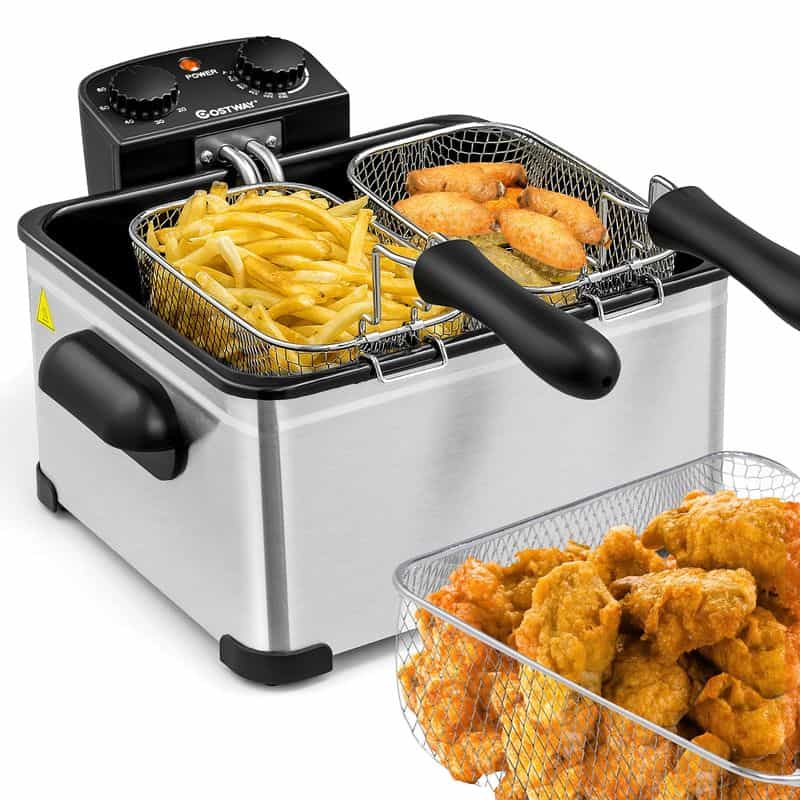
Deep fryers are falling out of favor as air fryers become the go-to appliance for crispy delights.
Air fryers require less oil, aligning with health-conscious trends that focus on reducing fat intake. They offer a cleaner, safer cooking method without sacrificing flavor.
The movement towards healthier eating habits is making air fryers indispensable in modern kitchens.
As more people adopt wellness-focused lifestyles, the traditional deep fryer is becoming a thing of the past.
10. Analog Kitchen Scales
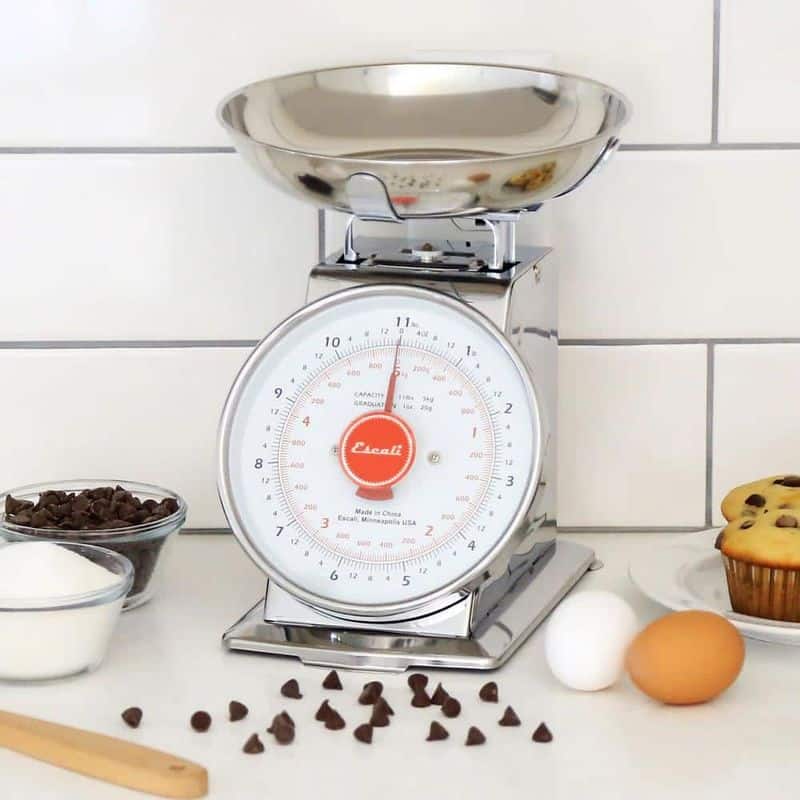
Analog kitchen scales are being replaced by digital versions that offer precision and ease of use.
Digital scales provide accurate measurements crucial for modern cooking and baking, where precision is key.
They also often come with additional features like unit conversion, making them a versatile tool.
The convenience and accuracy of digital scales make them a popular choice for the contemporary cook.
Analog devices are quietly exiting the kitchen scene, making way for more advanced tools.

